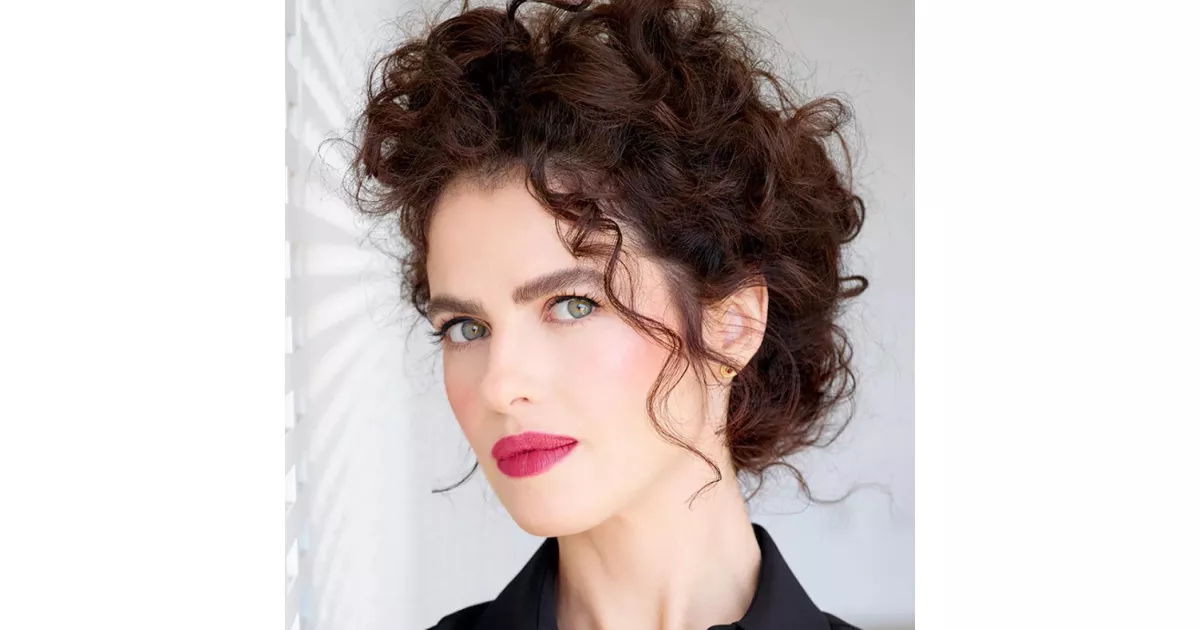From career breakthroughs to professional milestones, explore how Neri Oxman made an impact.
Neri Oxman is an Israeli-American designer and former professor recognized for her innovative approach that merges design, biology, computing, and materials engineering. Central to her work is the concept of "material ecology," reflecting a synthesis of natural and technological elements in design. Her work explores how digital fabrication technologies can be combined with biological processes to create environmentally responsive designs.
2004: Graduated from Architectural Association School of Architecture
In 2004, Neri Oxman completed her architectural studies at the Architectural Association School of Architecture in London.
2005: Began Ph.D. Studies at MIT
In 2005, Neri Oxman began her Ph.D. studies in architectural design at the Massachusetts Institute of Technology (MIT), advised by William J. Mitchell.
2006: Began Interdisciplinary Research Project at MIT
In 2006, Neri Oxman began an interdisciplinary research project at MIT called material ecology, to experiment with generative design.
2006: Developed Philosophy of Material Ecology
In 2006, while a graduate student at MIT, Neri Oxman developed her philosophy of material ecology, combining 3D printing with biology, engineering, materials science, and computer science.
2007: Monocoque
In 2007, Neri Oxman created Monocoque, a demonstration of how a printed structure could support its weight via its exterior skin rather than interior supports.
2010: Became a Professor at MIT
In 2010, Neri Oxman became a professor at MIT and was given her own lab, the Mediated Matter group at the MIT Media Lab.
2010: Graduated from MIT with a Ph.D.
In 2010, Neri Oxman graduated from the doctoral program at MIT, focusing on material-aware design.
2012: Printed Body-Sized Wearables
In 2012, Neri Oxman printed a set of body-sized wearables, Imaginary Beings, inspired by legendary creatures. She also collaborated with van Herpen and materials scientist W. Craig Carter on Anthozoa, a cape and skirt evocative of marine life.
2013: Designed the Silk Pavilion
Designed in 2013, the Silk Pavilion installation gained recognition for its unique fabrication method, involving 6,500 free-ranging silkworms weaving on a nylon-frame dome. The dome was designed with gaps where it would be warmest. Silkworms were released onto the frame in waves, where they added layers of silk before being removed.
2013: Shift to Temporary or Interactive Installations
Since 2013, most of Neri Oxman's projects have included temporary or interactive installations, focusing on production processes and material properties.
2014: Developed G3DP 3D Printer
In 2014, Neri Oxman and her team developed G3DP, the first 3D printer capable of producing optically transparent glass, emulating traditional glass working processes.
2014: Collaborated on Gemini Chaise Longue
In 2014, Neri Oxman collaborated with Carter on Gemini, a chaise longue designed for structural and acoustical properties, aiming to create a calming environment.
2014: Developed Aguahoja
In 2014, Neri Oxman's group developed Aguahoja, a water-based fabrication platform using chitosan to build structures, demonstrated in installations featuring tall sculptures resembling cicada wings.
2015: Built the Synthetic Apiary
In 2015, Neri Oxman built the Synthetic Apiary, a room-sized installation to study bee behavior in an indoor environment, exploring hive construction around different structures.
2015: Designed the Wanderers Collection
In 2015, Neri Oxman designed the Wanderers collection, inspired by interplanetary exploration, including the Living Mushtari chestpiece.
2015: TED Talk on Material Ecology
In 2015, Neri Oxman gave a popular TED talk on material ecology, showcasing her approach to form generation and environmental design.
2016: Launched the Open Journal of Design Science
In 2016, Neri Oxman helped launch the open Journal of Design Science, an "antidisciplinary" journal.
2016: Produced Rottlace Mask for Björk
In 2016, Neri Oxman produced Rottlace, a 3D-printed mask for Björk, and developed Lazarus, a project designed to capture the wearer's last breath and began work on Vespers, a collection of 15 death masks.
2016: Culture Leader at World Economic Forum
In 2016, Neri Oxman served as a culture leader at the World Economic Forum and received MIT's Collier Medal.
2016: Collaborations with Björk and Iris van Herpen
In 2016, Neri Oxman worked with Björk to create a mask and collaborated with Iris van Herpen to 3D-print a collection of wearable couture.
2016: Developed the Digital Construction Platform (DCP)
In 2016, Neri Oxman's group developed the Digital Construction Platform (DCP), a large-scale robotic printing system capable of printing polyurethane foam molds.
2017: Developed Silk Pavilion II
From 2017 to 2020, a new Silk Pavilion was developed, Silk Pavilion II, exploring new potential models for gathering silk from silkworms without needing to boil cocoons and end the silkworm's lifecycle.
2017: Granted Tenure at MIT
In 2017, Neri Oxman was granted tenure at MIT.
2017: YET Installation at Milan Design Week
In 2017, a 10-foot glass and light sculpture, YET, printed by the G3DP platform, was installed at the Milan Design Week.
2018: Developed the Totems Project
Starting in 2018, the Mediated Matter lab developed the Totems project, exploring melanin extraction for 3D-printed structures and facades that respond to sunlight.
2019: Featured in Netflix Docu-Series
In 2019, Neri Oxman's work was featured in the second season of the Netflix docu-series Abstract: The Art of Design.
2020: Developed Silk Pavilion II
From 2017 to 2020, a new Silk Pavilion was developed, Silk Pavilion II, exploring new potential models for gathering silk from silkworms without needing to boil cocoons and end the silkworm's lifecycle.
2020: Created Final Version of Silk Pavilion II
In 2020, Neri Oxman created the final version of Silk Pavilion II, weaving a new pavilion in Padua, Italy, in collaboration with a silkworm-rearing facility.
2020: MoMA Exhibition
In 2020, the Museum of Modern Art (MoMA) displayed the first exhibition of Neri Oxman's work as its own collection.
2020: Produced Aguahoja III
In 2020, the lab produced a new Aguahoja installation, Aguahoja III, identical to the first but stored in a climate-controlled gallery, serving as a long-term control.
2020: Oxman Architects Explored Similar Themes
Starting in 2020, Neri Oxman's studio, Oxman Architects, has explored similar themes in their projects.
2021: Mediated Matter lab stopped work
In 2021, Neri Oxman's Mediated Matter lab stopped active work.
2021: Revisited the Synthetic Apiary
In 2021, Neri Oxman's team revisited the Synthetic Apiary, constructing a new environment for bees with embedded pheromones. They also designed an experiment testing bee responses to low-gravity environments.
2022: Nature x Humanity Exhibition
In 2022, Neri Oxman's Oxman Architects held the Nature × Humanity exhibition of their work at SFMOMA, accompanied by a documentary of the same name.
Mentioned in this timeline

Jeffrey Epstein was an American financier and convicted sex offender...
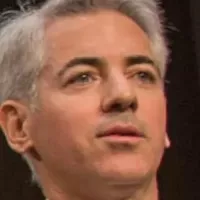
Bill Ackman is an American billionaire hedge fund manager and...
Italy officially the Italian Republic is located in Southern and...
Massachusetts officially the Commonwealth of Massachusetts is a state located...
The foot is a crucial anatomical structure present in numerous...
Trending

2 months ago Euphoria Season 3: Release date, cast changes, streaming info, and Zendaya's role.
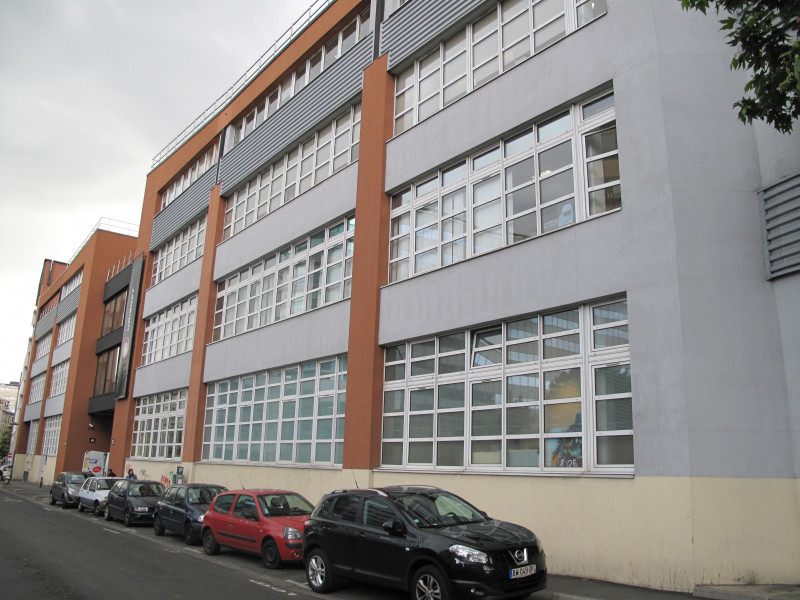
27 days ago Ubisoft's Anno 117 includes AI art placeholder; Fans react negatively.
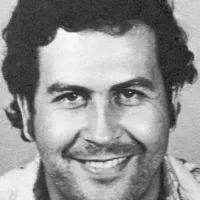
2 months ago Virginia Vallejo, Pablo Escobar's ex, reveals health struggle: Suffered a brutal stroke.

7 months ago Jake Gyllenhaal's 'Othello' Snubbed by Tony Awards Despite Box Office Success with Denzel Washington.
9 days ago World Cup 2026 Draw: Brazil in Group C, France's Path

Maisie Williams is an English actress who gained widespread recognition for her role as Arya Stark in the HBO series...
Popular

Candace Owens is an American conservative political commentator and author...

Ilhan Omar is an American politician currently serving as the...

XXXTentacion born Jahseh Dwayne Ricardo Onfroy was a controversial yet...

Tom Cotton is an American politician and Army veteran currently...
The Kennedy Center Honors are annual awards recognizing individuals and...
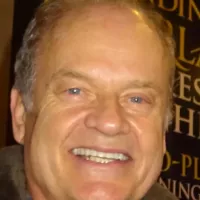
Kelsey Grammer is an accomplished American actor producer and singer...
